order

Coleoptera
“Adult Beetles”

Coleoptera
“Larval Beetles”

Diptera
“True Flies”

Ephemeroptera
“Mayflies”

Hemiptera
“True Bugs”

Lepidoptera
“Aquatic Caterpillars, Snout Moths”

Megaloptera
“Alderflies, Dobsonflies, and Fishflies”

Odonata
“Dragonflies and Damselflies”

Plecoptera
“Stoneflies”

Trichoptera
“Caddisflies”
family
Potamanthidae
genus
Anthopotamus
“Hackle-gills”
Genus Overview
4 species in North America. Species identification requires mature larvae with large tusks. This is the only genus in the family, Potamanthidae.
Characteristics
POLLUTION TOLERANCE
Southeast: 1.6 and higher
Upper Midwest: 4 and higher
Midwest: 3.2 and higher
0 = least tolerant, 10 = most tolerant
FEEDING HABITS
Collector / Filterer
MOVEMENT
Burrower
DISTRIBUTION
Widespread (east of the Rocky Mtns.)
HABITAT
Lotic-depositional
Diagnostic Characters
Order
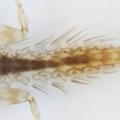
Abdominal Gills
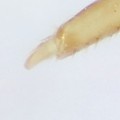
Single Tarsal Claw
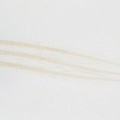
Usually 3 Tails
Family
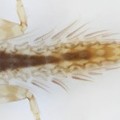
Gills on 2-7 Forked, Long, Projecting Laterad
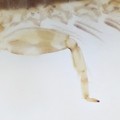
Legs Slender
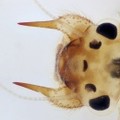
Long Tusks
+ Expanded Character List
Order:
Wings developing in wing pads. Mouthparts suitable for chewing. Gills present on tops and sides of abdomen. Segmented legs present. One tarsal claw per leg. Usually with 3 tails (sometimes 2).
Family:
Long slender mayfly with its gills long, forked, marginally fringed, and projecting laterad; pair of sharp tusks projecting beyond head; the legs are not unusually thick and flattened for digging.
Genus:
Flat bodied, long prothoracic legs, tusks are flatten
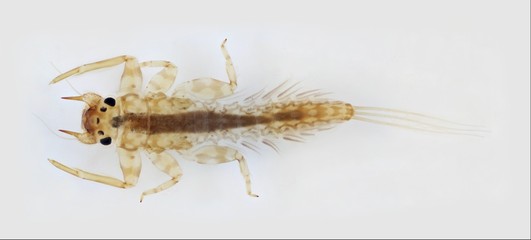
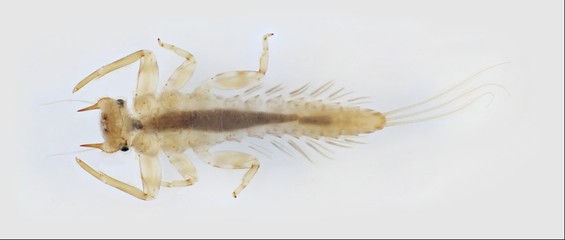
Dorsal
Ventral



